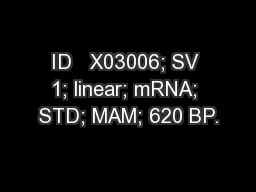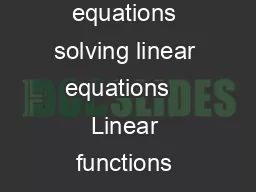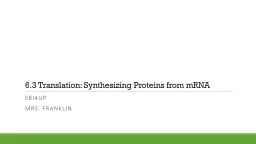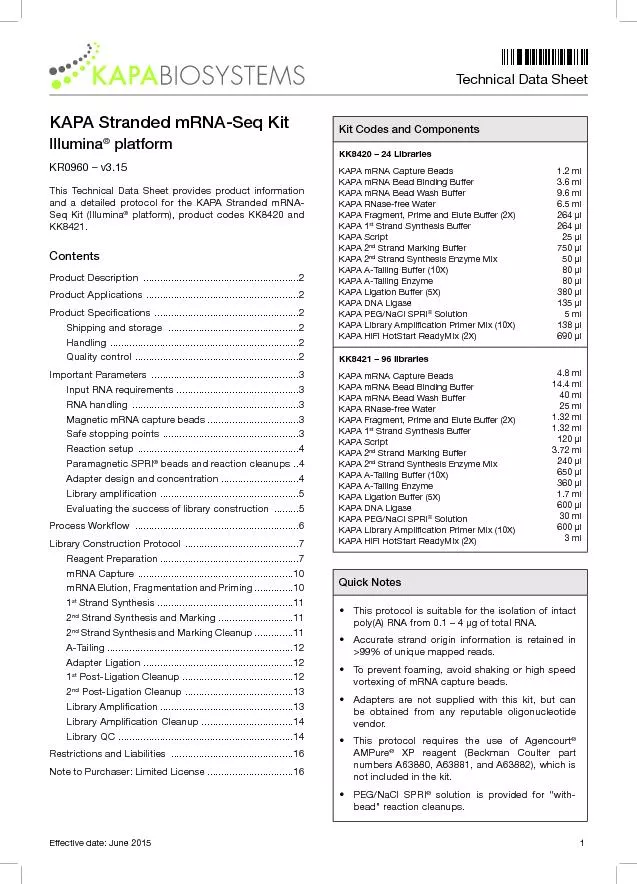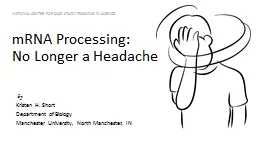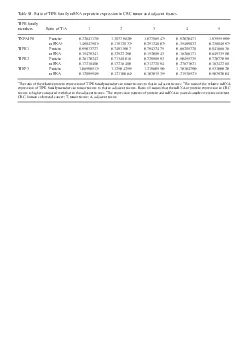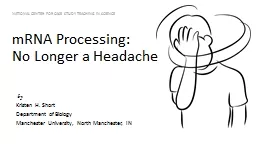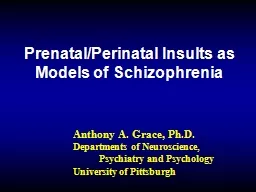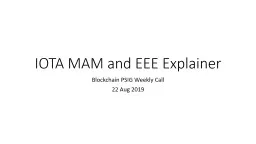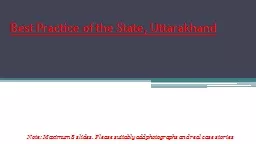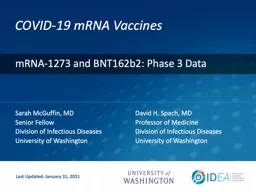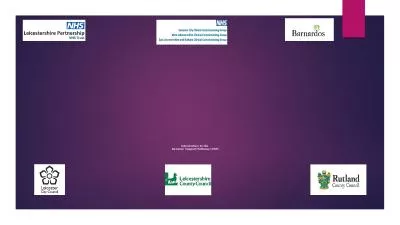PPT-ID X03006; SV 1; linear; mRNA; STD; MAM; 620 BP.
Author : celsa-spraggs | Published Date : 2016-04-04
XX AC X03006 XX SV X030061 XX DT 28JAN1986 Rel 08 Created DT 12SEP1993 Rel 36 Last updated Version 2 XX DE Bovine mRNA for lens betascrystallin XX KW betacrystallin
Presentation Embed Code
Download Presentation
Download Presentation The PPT/PDF document "ID X03006; SV 1; linear; mRNA; STD; MA..." is the property of its rightful owner. Permission is granted to download and print the materials on this website for personal, non-commercial use only, and to display it on your personal computer provided you do not modify the materials and that you retain all copyright notices contained in the materials. By downloading content from our website, you accept the terms of this agreement.
ID X03006; SV 1; linear; mRNA; STD; MAM; 620 BP.: Transcript
Download Rules Of Document
"ID X03006; SV 1; linear; mRNA; STD; MAM; 620 BP."The content belongs to its owner. You may download and print it for personal use, without modification, and keep all copyright notices. By downloading, you agree to these terms.
Related Documents

